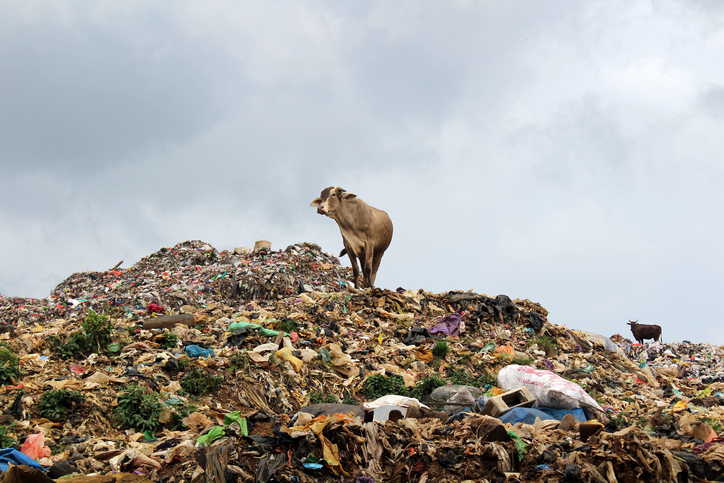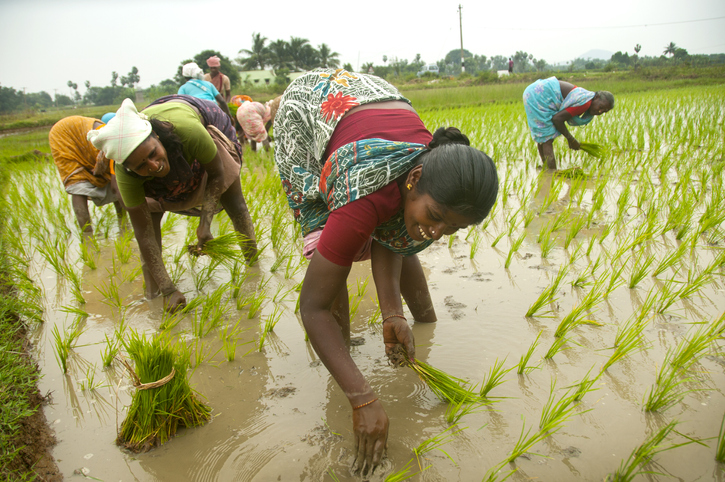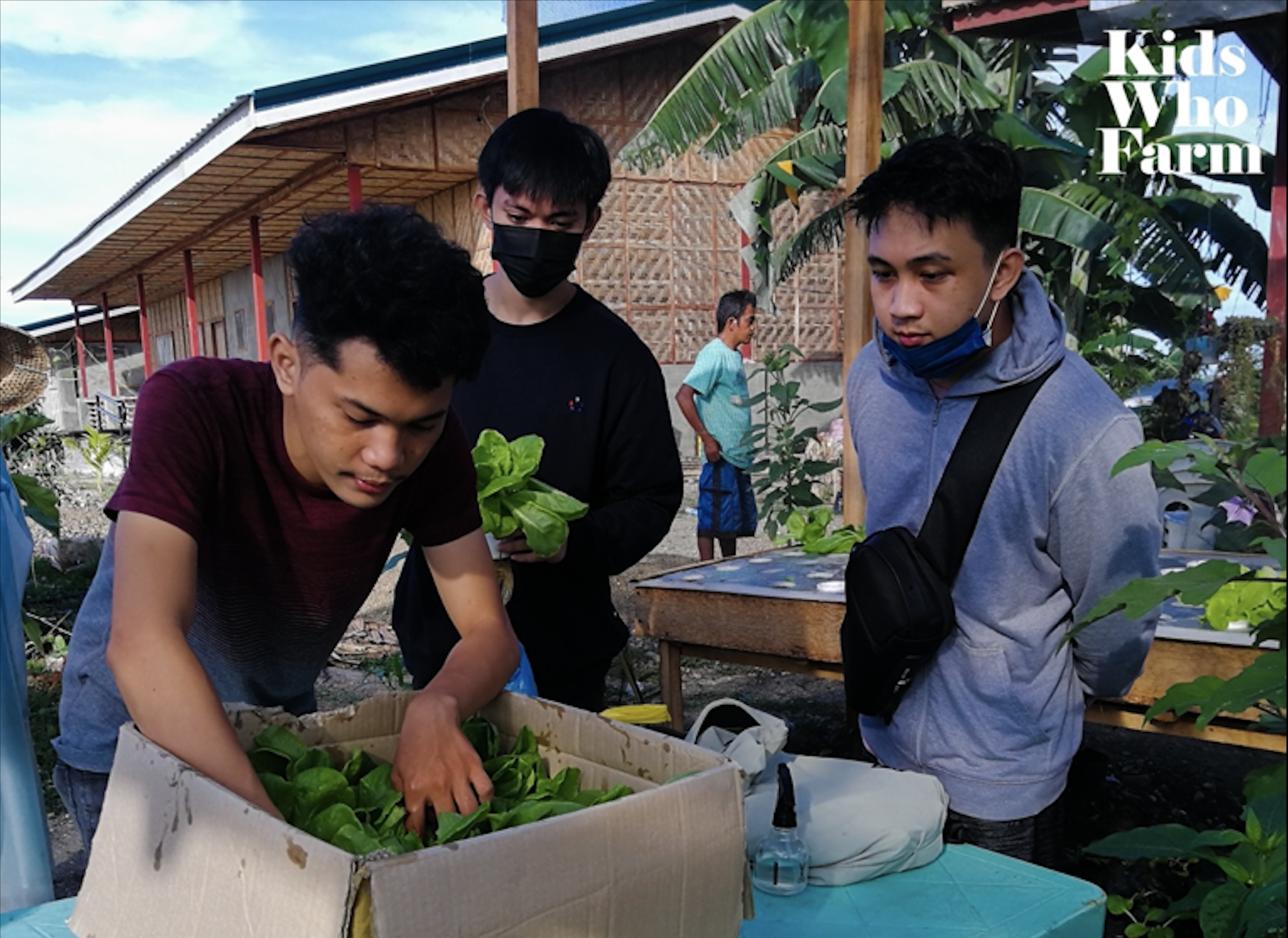Climate change is leading to unusually high temperatures during the growing season in many parts of the world. This column reports research on the responses of Peruvian farmers to the experience of extreme heat. The findings indicate that they are adapting to short-run weather shocks by increasing household farm labour and land use to maintain minimum levels of consumption. The farmers’ reactions may in turn result in long-term damage to their wellbeing. Government intervention, possibly including crop insurance, could be essential.
Estimating the costs of climate change is challenging because it is hard to predict how people will react to it. Researchers often estimate models based on historical weather patterns and agricultural data to arrive at predictions of future crop yields, assuming everything else will remain constant. But it can be difficult to account for adaptation.
Some studies suggest that a reallocation of economic activity such as migration, changes in trade patterns, or sectoral employment should be expected. Other studies, based on farmers’ self-stated adaptive strategies, emphasise changes in consumption and savings as potential temporary responses.
Typically, it is assumed that these models estimate an upper bound of the economic costs of climate change. Future adaptation, it is assumed, will reduce those costs. But adaptation could already be at play, and understanding farmers’ reactions to weather shocks may shed light on possible mitigation strategies.
In our research, we explore how Peruvian farmers adapt and change their agricultural practices in response to high temperatures. The study is one of the first to examine adaptation to climate shocks in the developing world by considering farmers as both producers and consumers.
It demonstrates how adaptation can significantly affect forecasts of climate change impacts, and while mitigating shocks in the short-run, create additional medium- and long-run costs. Standard estimates of the costs of climate change may be mismeasuring the true impact of higher temperatures in developing countries on agricultural yields, defined by output and land used.
Farmers in our sample generally hold fewer than three hectares (7.4 acres) of land, and use basic technologies such as hand-held or animal-drawn ploughs. Their small-scale production of maize, potatoes, fruits and grains is enough to keep their families afloat in good times. But when faced with a significant number of high temperature days (above 36 degrees Celsius) during the growing season, their yields fall and they must adapt.
We find that the main response of these households is to increase the amount of land and domestic labour they use, including child labour. Households that own livestock sell their animals. They also reduce the number of different crops they grow, and increase their reliance on tubers.
This has important implications for the estimation of climate change impacts on agricultural production. We show that the observed fall in agricultural output after a hot season is an underestimation of the true effect of high temperatures on productivity, attenuated by farmers’ efforts to keep output above subsistence levels. This means that higher average temperatures may have a more detrimental effect on agricultural productivity than what could be inferred from just observing fluctuations in output.
The adaptations we document might also have serious ramifications for the farmers themselves. Farmers traditionally keep a significant portion of their land fallow in order to break disease cycles, to replenish soil nutrients, and to reduce erosion. Putting fallow land prematurely into production pays immediate expenses and puts food on the table.
In the long-term, however, it leads to diminishing returns and is an example of adaptive behaviour that intensifies the costs of climate change. The same is true for the reliance on fewer crops and the reduction of livestock: it makes farmers’ incomes less diversified and exposes them to large losses in the future.
Increasing their reliance on child labour will also have serious implications for the future of the children involved, as it could interfere with their education.
While our data do not allow us to estimate the longer-term implications of these adaptations, further work in this area would provide a clearer picture of the importance of this indirect channel of climate change impacts.
These patterns suggest a need for long-term planning and government intervention, possibly including crop insurance, to ensure future wellbeing and food security in rural areas.
That would be the case not only in Peru. It would also hold true in other Andean regions of Bolivia, Colombia and Ecuador, as well as other parts of the developing world, where small producers will be faced with the growing challenges of climate change and adaptation.







